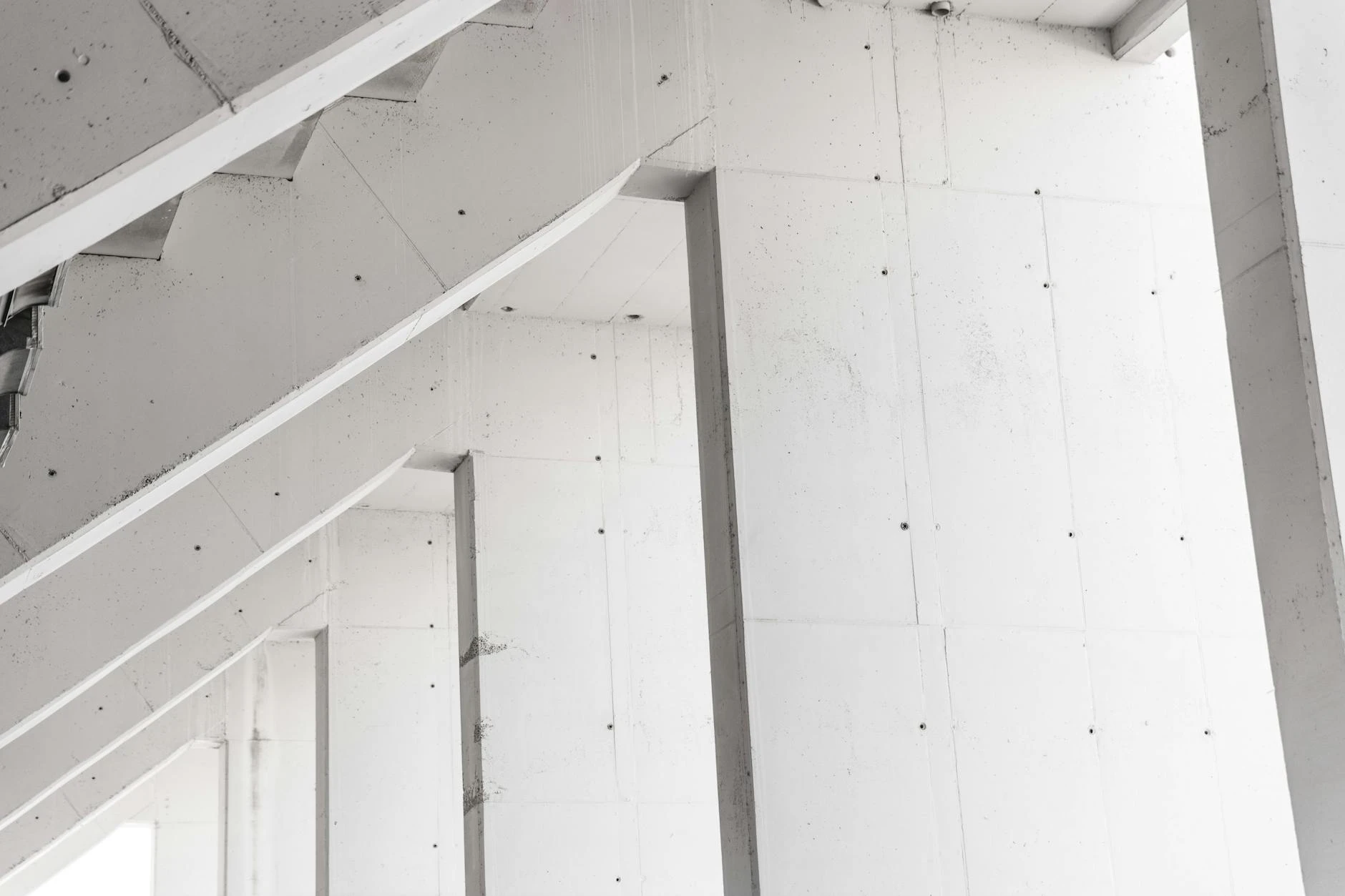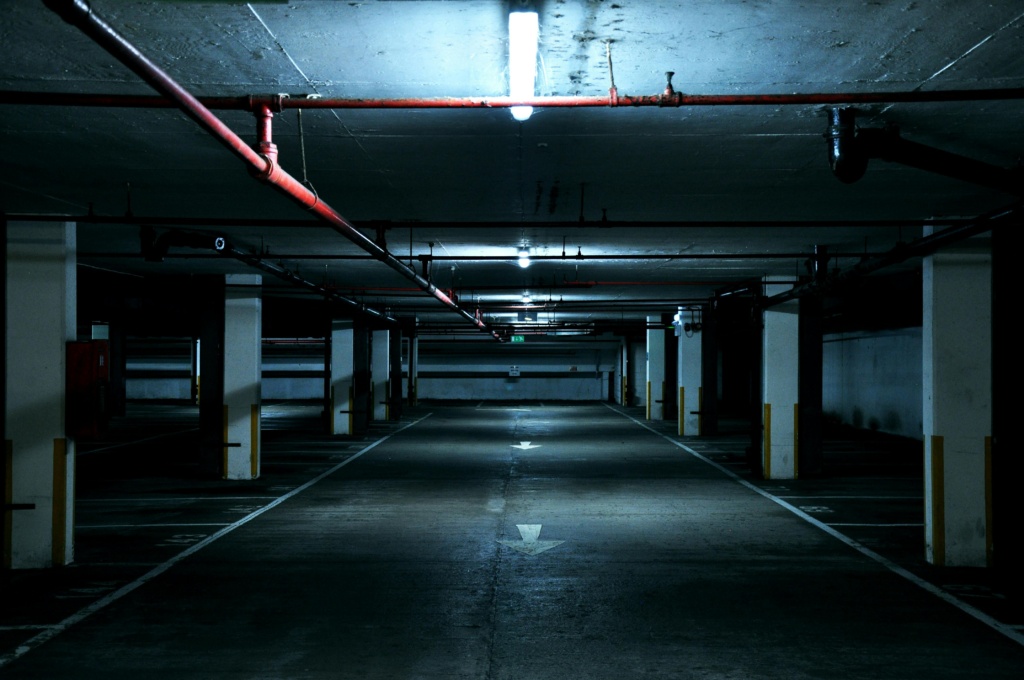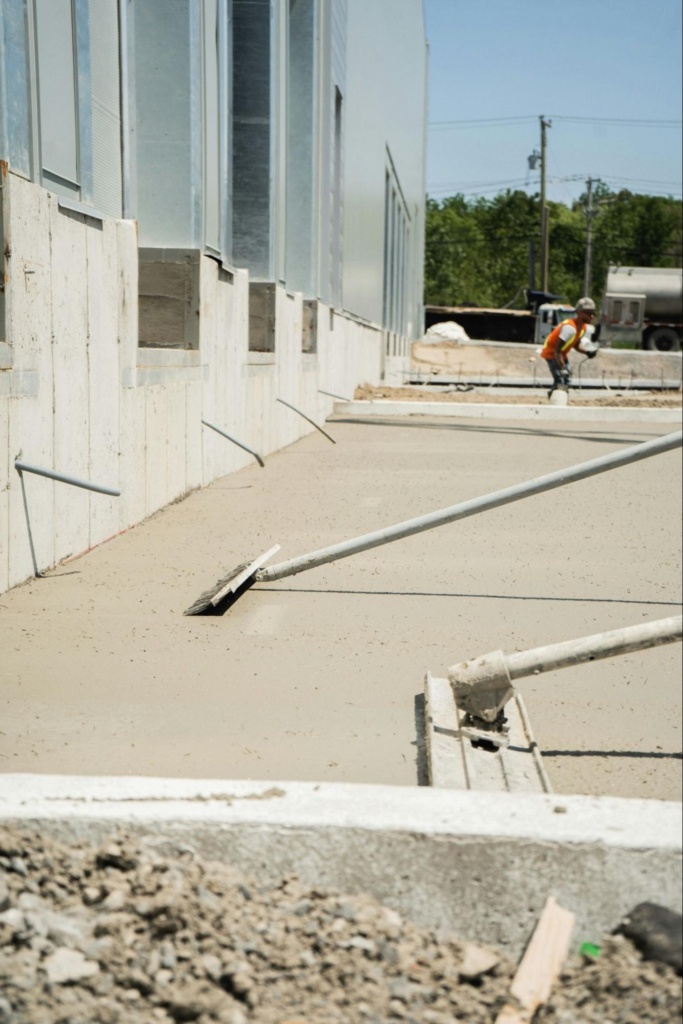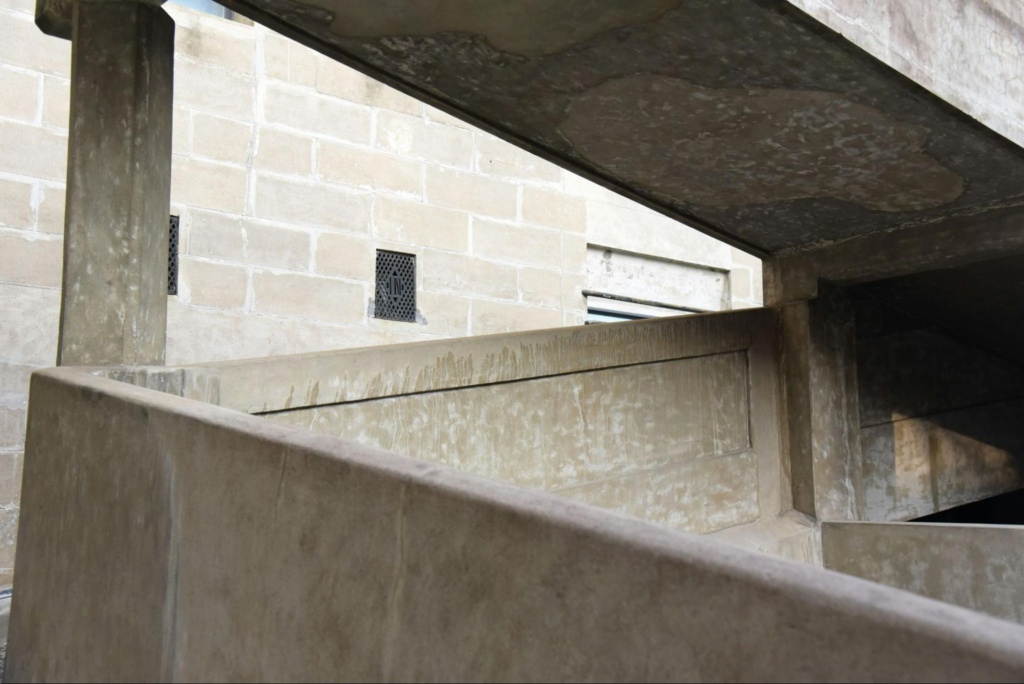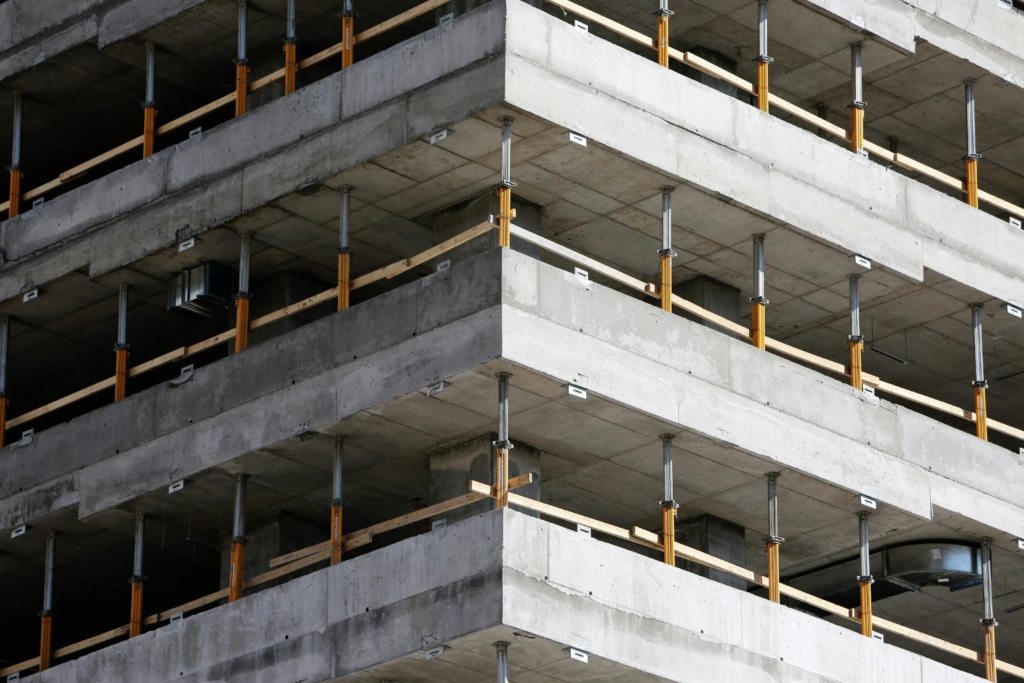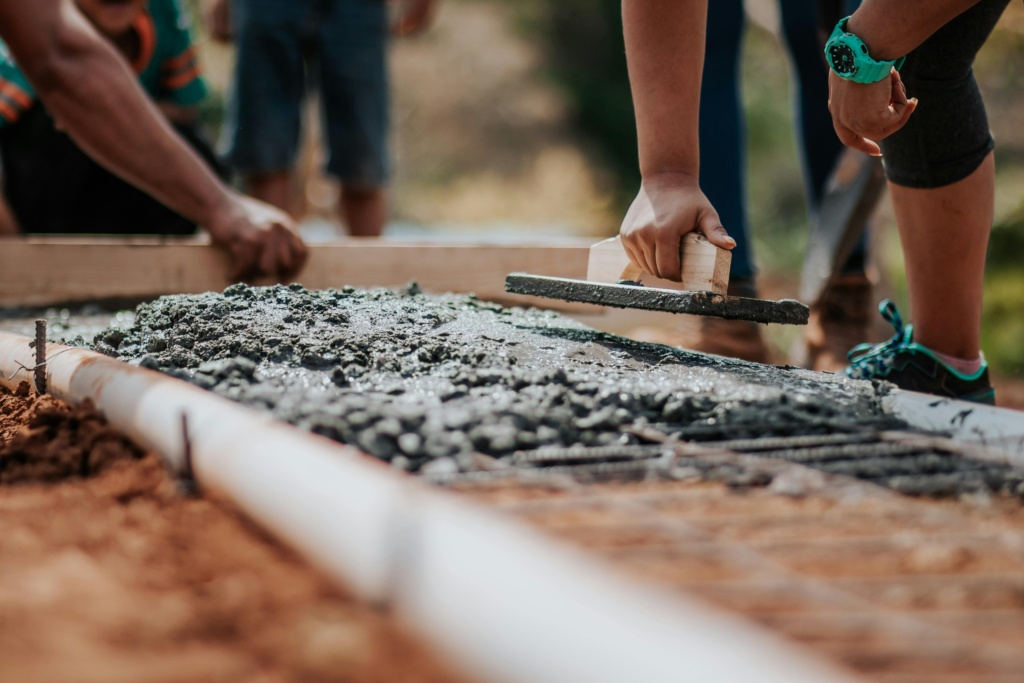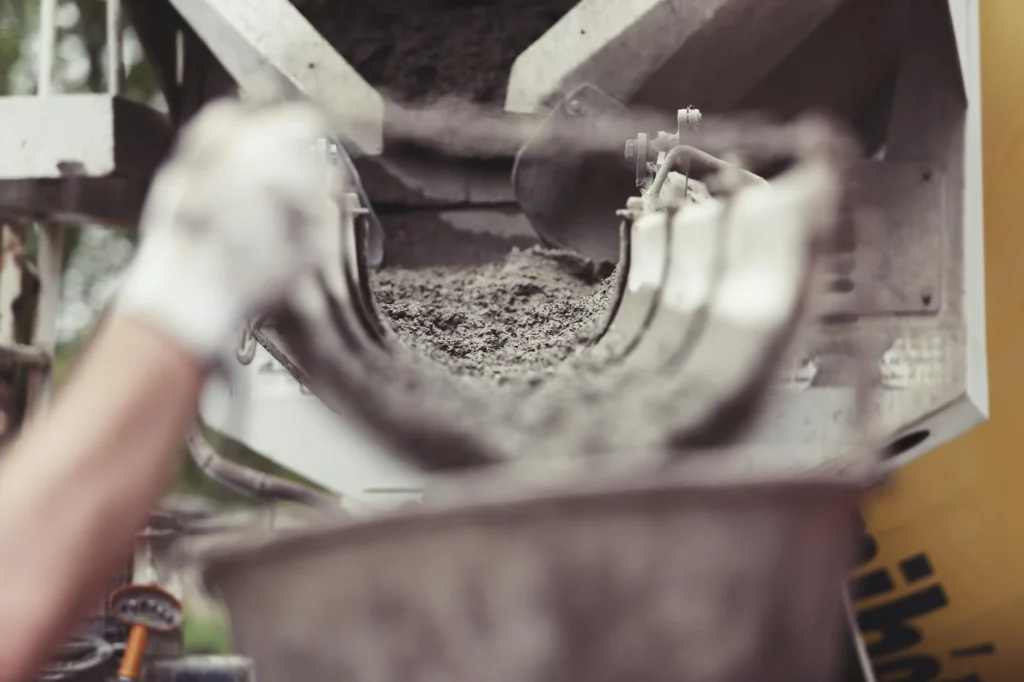Concrete is one of the most durable and widely used construction materials, known for its strength and versatility. Over time, cracks can develop due to factors such as natural shrinkage in a concrete slab or hairline cracks in exposed surfaces. These cracks are not just cosmetic issues: if left unaddressed, they can lead to serious structural problems. Water ingress can weaken the concrete and worsen damage, especially under vehicle traffic, leading to costly repairs.
Repairing cracks requires using a suitable repair compound or concrete crack filler to maintain structural integrity. A proper concrete patch or filler helps restore stability and preserves the performance of the structure.
Why Do Cracks Appear in Concrete?
Concrete is a resilient material that is not immune to cracking. Understanding why cracks form is the first step in addressing them effectively and preventing further damage. Here are some of the most common causes of concrete cracks:
Shrinkage During Curing
As concrete sets and hardens, it naturally loses moisture. This process, known as curing, can cause shrinkage, leading to small hairline cracks on the surface. These cracks are often superficial but should still be monitored and addressed if they grow.
Load Stress and Settling
Concrete is designed to bear significant loads, but excessive weight or uneven settling of the ground beneath can lead to cracks. Over time, stress from heavy vehicles, machinery, or even normal use in areas like concrete driveways and car parks can weaken the material and cause fractures.
Environmental Factors
Temperature fluctuations, freezing and thawing cycles in exposed concrete surfaces, and exposure to water can all contribute to cracking. In colder climates, water that seeps into concrete can freeze, expand, and create pressure that results in cracks.
Poor Construction Practices
Cracks may also occur due to improper mixing, inadequate reinforcement, or insufficient curing time during construction. Ensuring high-quality workmanship is key to minimising the likelihood of cracks.
Best Practices for Fixing Cracks in Concrete
Identify the Cause
Understanding what caused the crack in the first place is critical. Whether it’s due to shrinkage, load stress, or environmental factors, addressing the root cause helps prevent future cracking.
Use the Right Materials
A simple surface crack might only require a crack-filling compound or sealer, while deeper structural damage demands stronger repair solutions. For serious cracks, choose a high strength repair mortar or patch that bonds with existing concrete.
Prepare the Surface Properly
Cleanliness is crucial for a successful repair. Before applying the repair material, ensure the crack is free of debris, dust, and contaminants. A clean surface allows the product to adhere better and perform as intended.
Follow Manufacturer Instructions
Each repair product has unique application guidelines, including mixing ratios, application methods, and curing times. Following these instructions ensures the material performs to its full potential.
Allow for Proper Curing
Curing is a critical step that should not be rushed. Allowing the repair material to set and harden as recommended by the manufacturer ensures a durable and long-lasting repair.
Consider Environmental Conditions
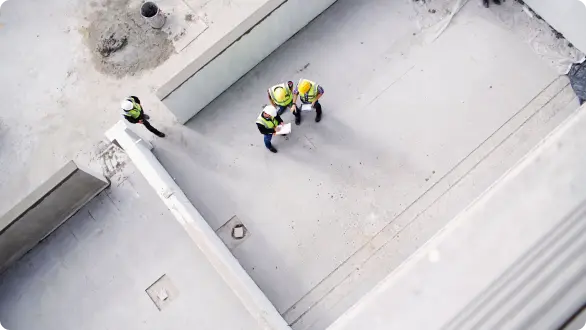
Preventing Future Cracks in Concrete
Preventing cracks begins at the construction stage and continues with maintenance:
Use quality mixes with correct ratios of cement, aggregates, and water.
Allow slow, controlled curing to avoid shrinkage cracks.
Reinforce areas prone to heavy loads or ground movement.
Design with control joints to absorb natural expansion and contraction.
Apply waterproofing or protective coatings to reduce water ingress.
Perform regular inspections to catch minor issues before they become serious.
Using strong repair solutions not only restores damaged areas but also strengthens the surrounding concrete to reduce the chance of further deterioration.
Summary
Repairing cracks in concrete is an essential step in preserving the integrity and safety of structures. Whether the cracks are minor surface issues or signs of deeper structural concerns, addressing them promptly and effectively can prevent further damage and costly repairs. By understanding the causes of cracks, selecting the appropriate repair methods, and following best practices, you can ensure a durable and reliable fix.
While prevention is always better than repair, cracks can still occur even with the best practices. Having access to high-quality materials and expert guidance makes all the difference. If you’re unsure how to fix cracks in concrete or need assistance with a specific project, seeking advice from experienced professionals can help you achieve the best results. With the right approach and tools, concrete can remain strong and resilient for years to come.

